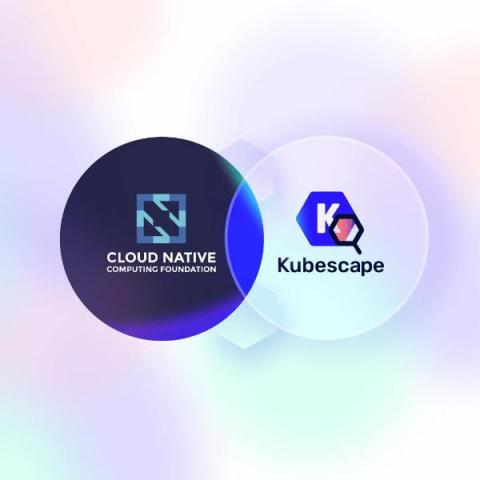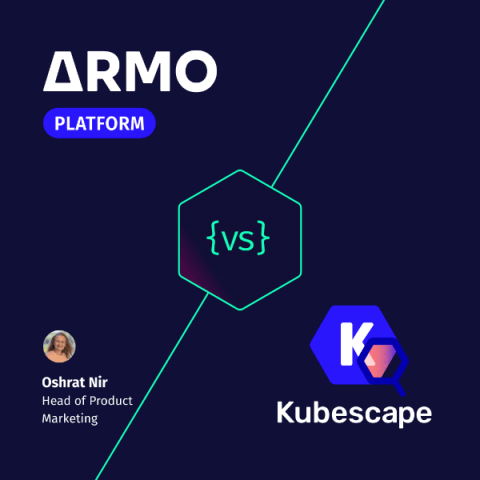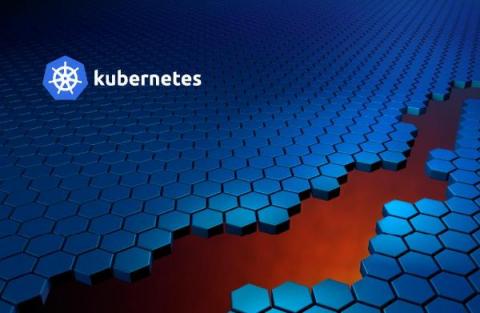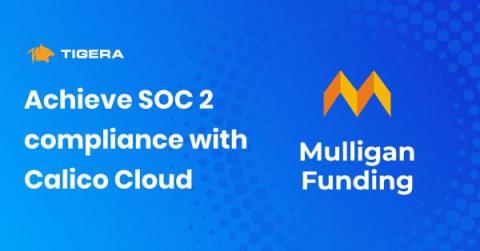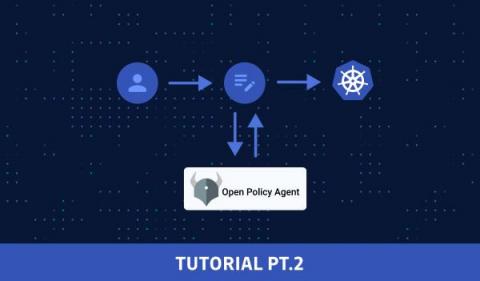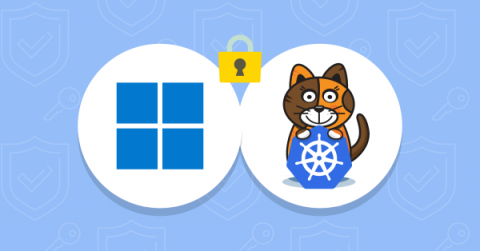Security | Threat Detection | Cyberattacks | DevSecOps | Compliance
Containers
How we differentiate ARMO Platform from Open Source Kubescape
What Threatens Kubernetes Security and What Can You Do About It?
Kubernetes adoption has rocketed into ubiquity. At this point, 96 percent of organizations are either using Kubernetes for container orchestration or evaluating its use, according to the latest Cloud Native Computing Foundation annual survey. But this doesn’t mean that Kubernetes isn’t without security risks. The flexibility of container applications and their capability to carry discrete components that interact over the network present security challenges.
Tigera 2023 predictions: Cloud native security and the shifting landscape in 2023
Cloud computing and the use of cloud native architectures enable unparalleled performance, flexibility, and velocity. The speed of innovation has driven significant advancements across industries, but as digitalization continues pushing applications and services to the cloud, bad actors’ intrusion techniques have also become more sophisticated.
How to detect Crypto Mining with Sysdig Secure
Load Balancing Kubernetes Application Traffic for Best Results
What is Kubernetes (K8s)?
Case study: How Mulligan Funding built a SOC 2-compliant fintech SaaS platform with Calico Cloud
The rise of fintech has pushed traditional financial institutions to provide online-based services and launch fintech applications. But these services must be secure and meet certain regulatory requirements, such as the Payment Card Industry Data Security Standard (PCI DSS), the General Data Protection Regulation (GDPR), or SOC 2.
Open Policy Agent with Kubernetes - Tutorial (Pt. 2)
This time, we will see how to get a deeper integration between OPA and Kubernetes with Gatekeeper and native CRD-based policies.
Securing Windows workloads
Containers are a great way to package applications, with minimal libraries required. It guarantees that you will have the same deployment experience, regardless of where the containers are deployed. Container orchestration software pushes this further by preparing the necessary foundation to create containers at scale. Linux and Windows support containerized applications and can participate in a container orchestration solution.


